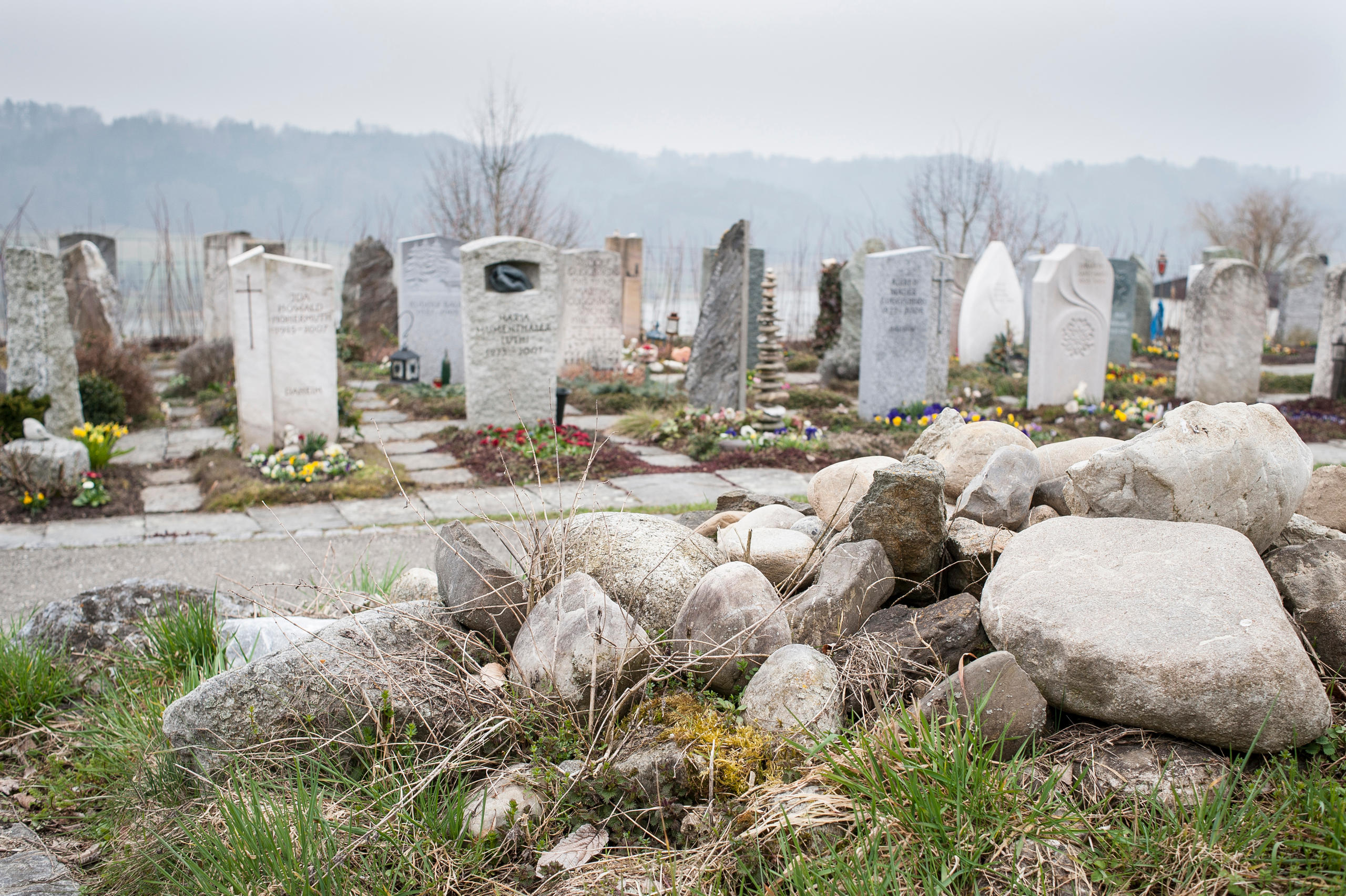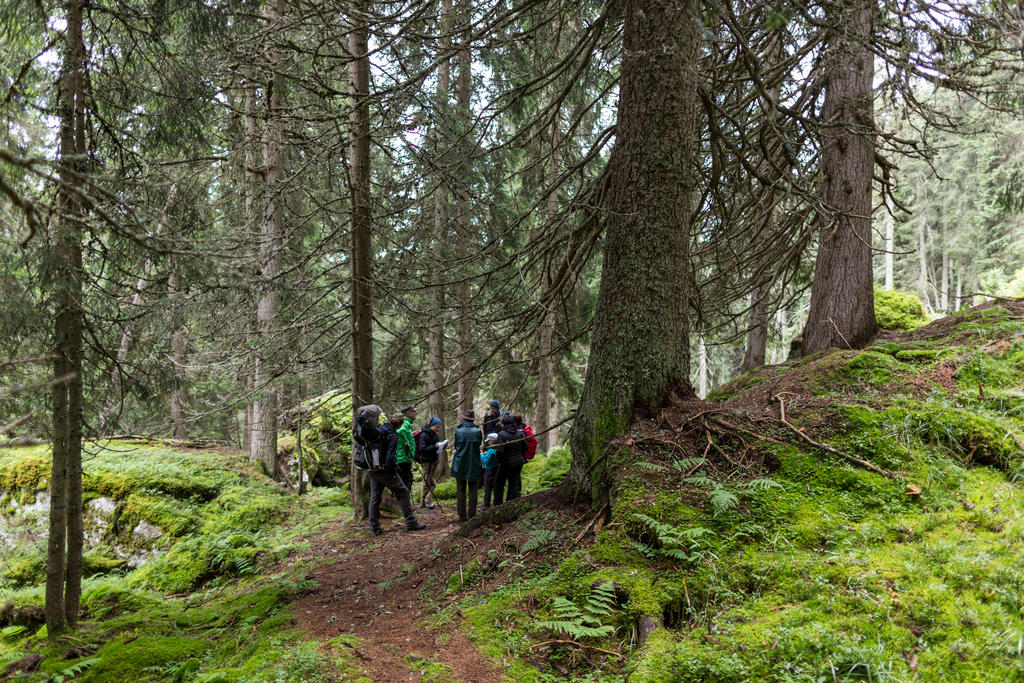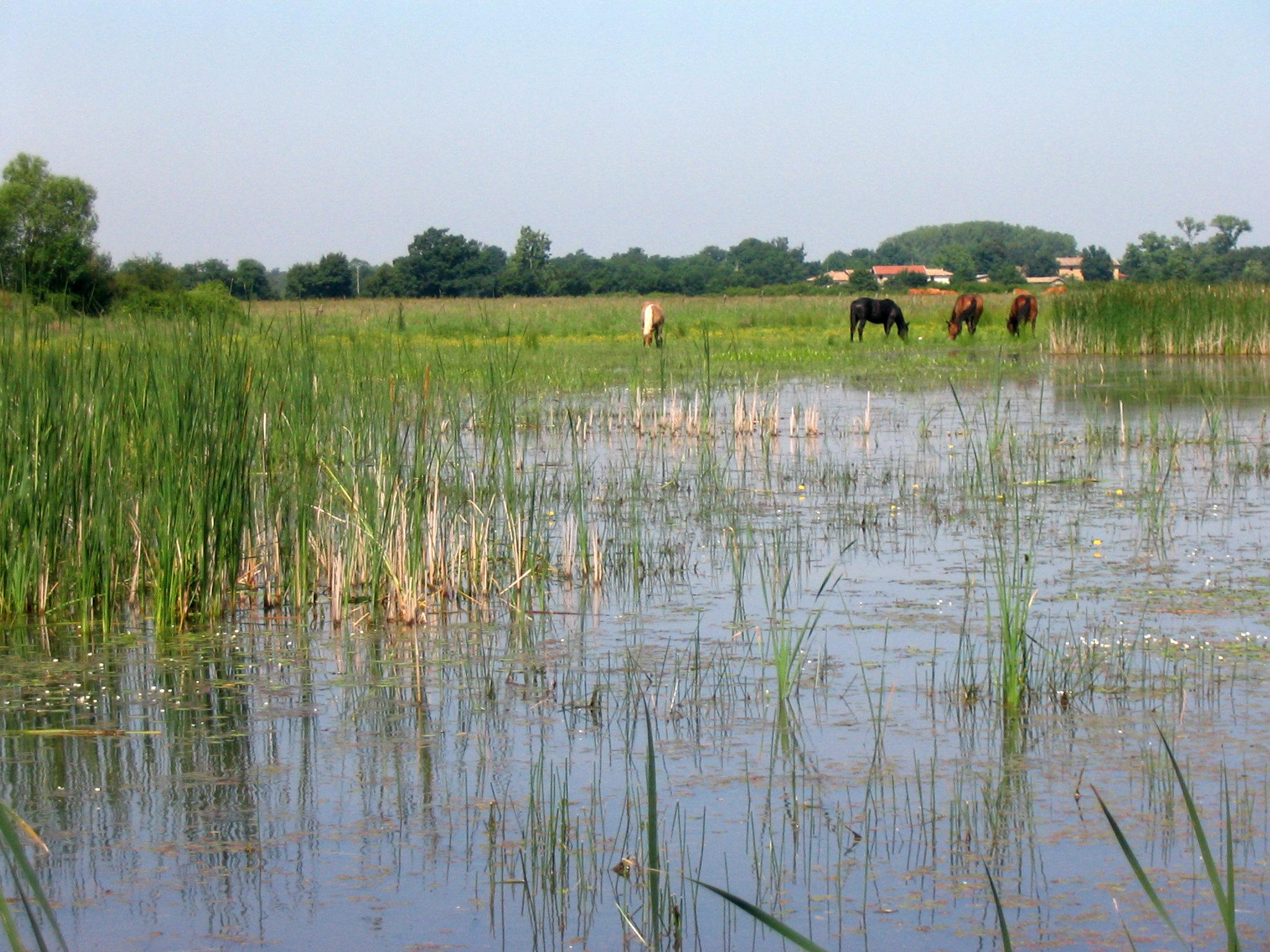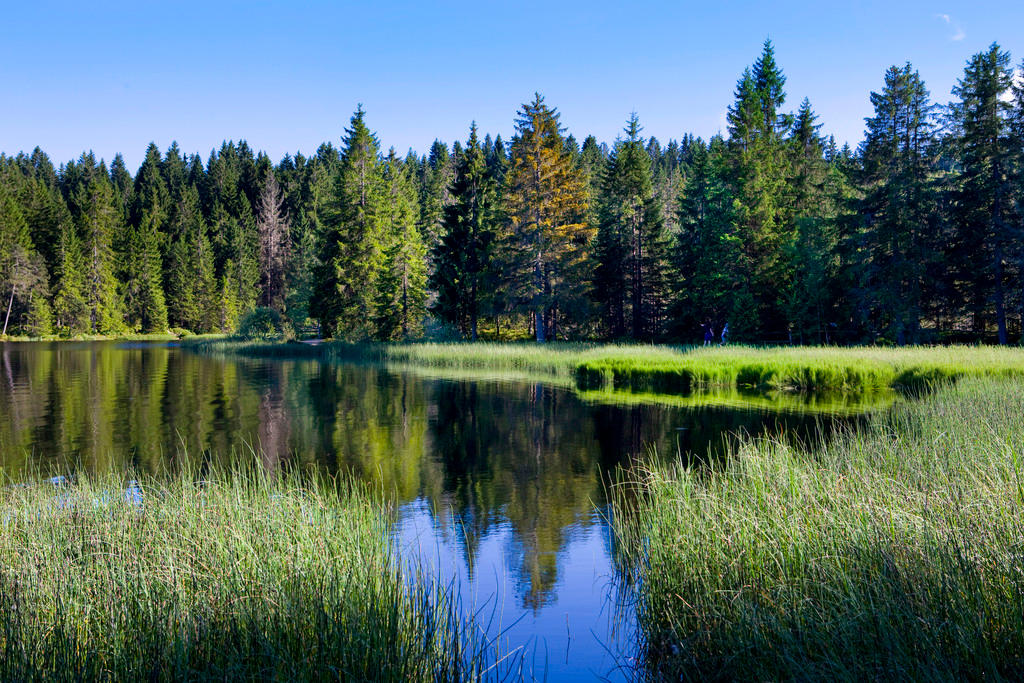The dearth – and death? – of Swiss biodiversity

No matter how green and beautiful it appears in postcards and social media posts, Switzerland is struggling to boost its biodiversity. Many animal populations and habitats have disappeared, and critics say the government action plan is lacking.
Switzerland may have been quick to join the United Nations Convention on Biological DiversityExternal link in 1992, but it’s lost momentum over the past three decades. For example, participating countries have agreed to set aside 17% of their land for conservation by 2020. With only about 7%, Switzerland is still far behind the target – and almost hopelessly so, says Markus Fischer, president of the of the Swiss Biodiversity ForumExternal link’s scientific advisory council, which connects scientists with policy-makers.
Fischer says 30% of Switzerland’s surface area is needed to save all species. Despite the country’s small size, it boasts 240 diverse habitat types. Yet Switzerland has a long red listExternal link of threatened species.
A recent government reportExternal link revealed that half of Switzerland’s natural habitats and more than a third of its animal and plant species were under threat – much more than in most European Union countries. Corroborating that report was last month’s assessment finding that Switzerland had some of the highest percentages of threatened species across all OECD countries
“The neighbouring countries are in similar situations, but the main issues in Switzerland are land use, climate change, invasive species and pollution, especially in the densely populated lowlands,” Fischer says. “Local extinction is taking place, and I find it all very unsatisfactory.”
What to do about it?
In the early 2000s, the Swiss Biodiversity Forum pointed out the need for a formal strategy. After years of drafts and discussions, Switzerland finally has an action plan to go with its biodiversity strategy.
“It was sometimes a bit embarrassing that Switzerland was one of the last countries to endorse an action plan,” says Hans Romang, head of the species, ecosystems and landscapes division of the Federal Office for the EnvironmentExternal link. He recalls the process getting off to a good start when the strategy came out in 2012, but says that accounting for all the different stakeholders and their interests made it a challenge to move forward.
For example, the agriculture sector needs to be involved as activities like fertilizing, irrigation and cattle grazing can all affect biodiversity. Tourism interests also play a role – especially because visitors eager to explore nature pose a potential burden on local ecosystems. The energy sector is yet another key stakeholder.
The plan’s initial implementation phase – scheduled for 2017-2023 – includes immediate measures such as maintaining and rehabilitating existing protected areas as well as creating new forest reserves. There are 19 pilot projects to boost biodiversity and protect the 3,606 species on the national conservation priority listExternal link.
CHF80 million per year
A key part of the plan is the financing: In September, the federal government earmarked CHF80 million ($85 million) a year – to be supplemented by money from the 26 cantons. It’s more than twice the previous budget of CHF30 million, but still nowhere near enough, say environmental groups.
“Switzerland would need CHF140-180 million a year just to maintain the value of existing areas. And we’d need new sites,” says Werner Müller, head of BirdLife SwitzerlandExternal link. His group – along with several others including Pro NaturaExternal link and WWF SwitzerlandExternal link – came up with their own 200-page action plan tackling the issue from the perspective of civil society and the economy.
“The [government] plan is very general – just a few sentences per measure. The who and what and the resources are not clearly defined, but these are important for the implementation and these are in our plan,” Müller says.
In defence of the government plan, Romang says that it’s better integrated into the political framework – plus it comes with funding. But he’s quick to admit that it won’t solve all the problems.
“There are other political issues, like regional economics, spatial planning, tourism and energy that all have to contribute,” Romang points out.
Fischer, acknowledging the value of both plans, points out that “Switzerland is small and all the actors know each other and work well together. We can build on that. What really matters is achieving the goals of the strategy.”
Civic duty
Although much has been lost and the need for action is urgent, all three men are hopeful that Switzerland can improve its biodiversity.
“We’ve lost many populations of animals and habitats in Switzerland, but there are endangered species that still exist in low numbers. We can do something and we shouldn’t delegate this task to future generations,” BirdLife’s Müller urges.
But what can ordinary people do?
“They can do a lot! This isn’t mentioned enough in the official action plan. If you have a garden, you can plant indigenous species that insects, bees and butterflies will like,” Müller says, “As a consumer, buy produce that favours biodiversity. And vote!”
The environmental office’s Romang – interviewed separately – says some of the very same things, encouraging people to erect birdhouses and beehives, to visit Swiss parks and to become active in local politics.
Fischer – a professor at the University of Bern’s Institute of Plant Sciences – believes people in Switzerland will make nature a priority, and that many are already doing so. He cites Swiss interest in global trends like urban gardening and local as well as vegetarian food.
He believes that biodiversity loss can be halted to a degree as people get back to nature. “You can’t just leave everything to the authorities. I’m looking forward to a lively discussion ahead.”
You can contact Susan Misicka, the author of this story, on TwitterExternal link.

In compliance with the JTI standards
More: SWI swissinfo.ch certified by the Journalism Trust Initiative















You can find an overview of ongoing debates with our journalists here . Please join us!
If you want to start a conversation about a topic raised in this article or want to report factual errors, email us at english@swissinfo.ch.